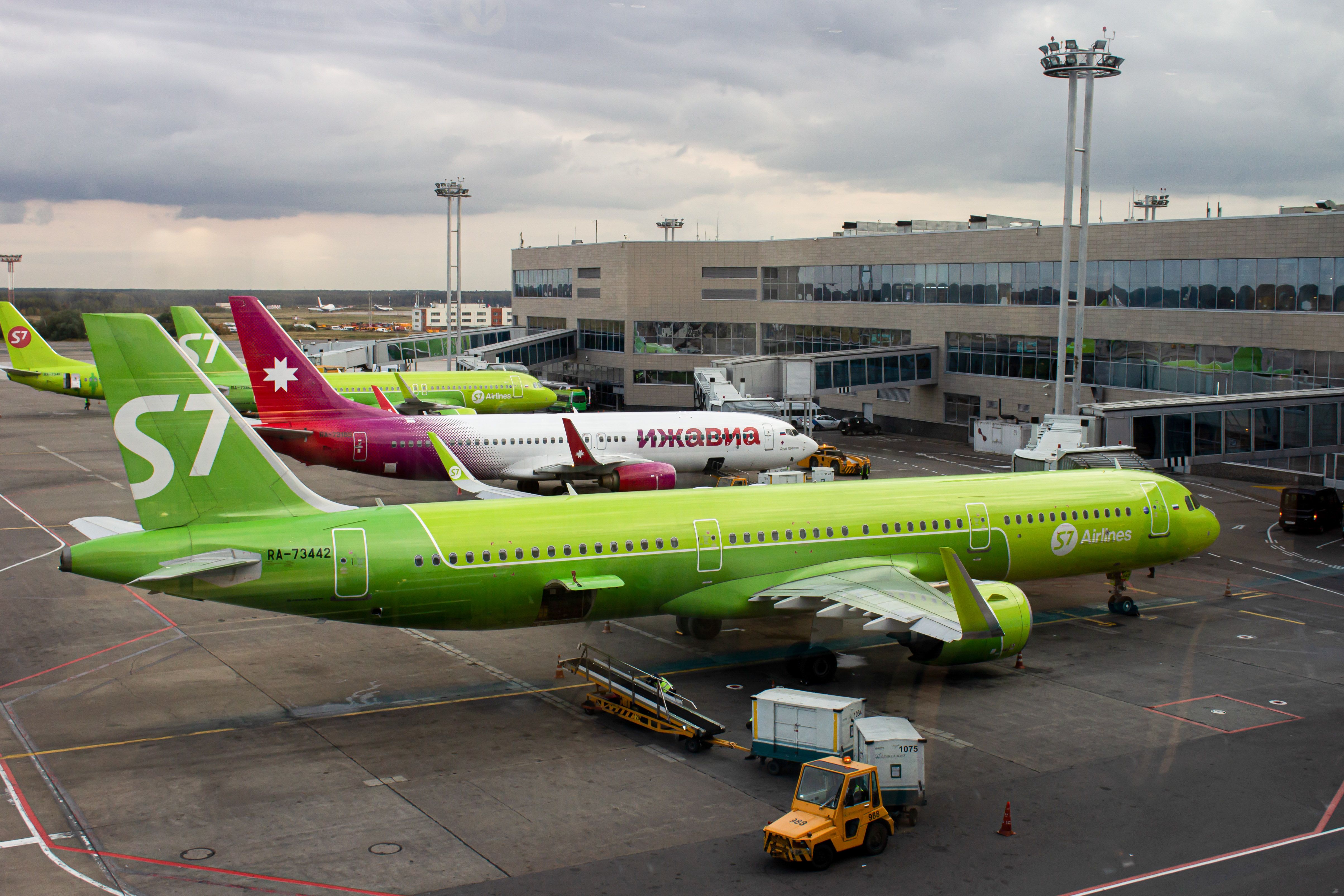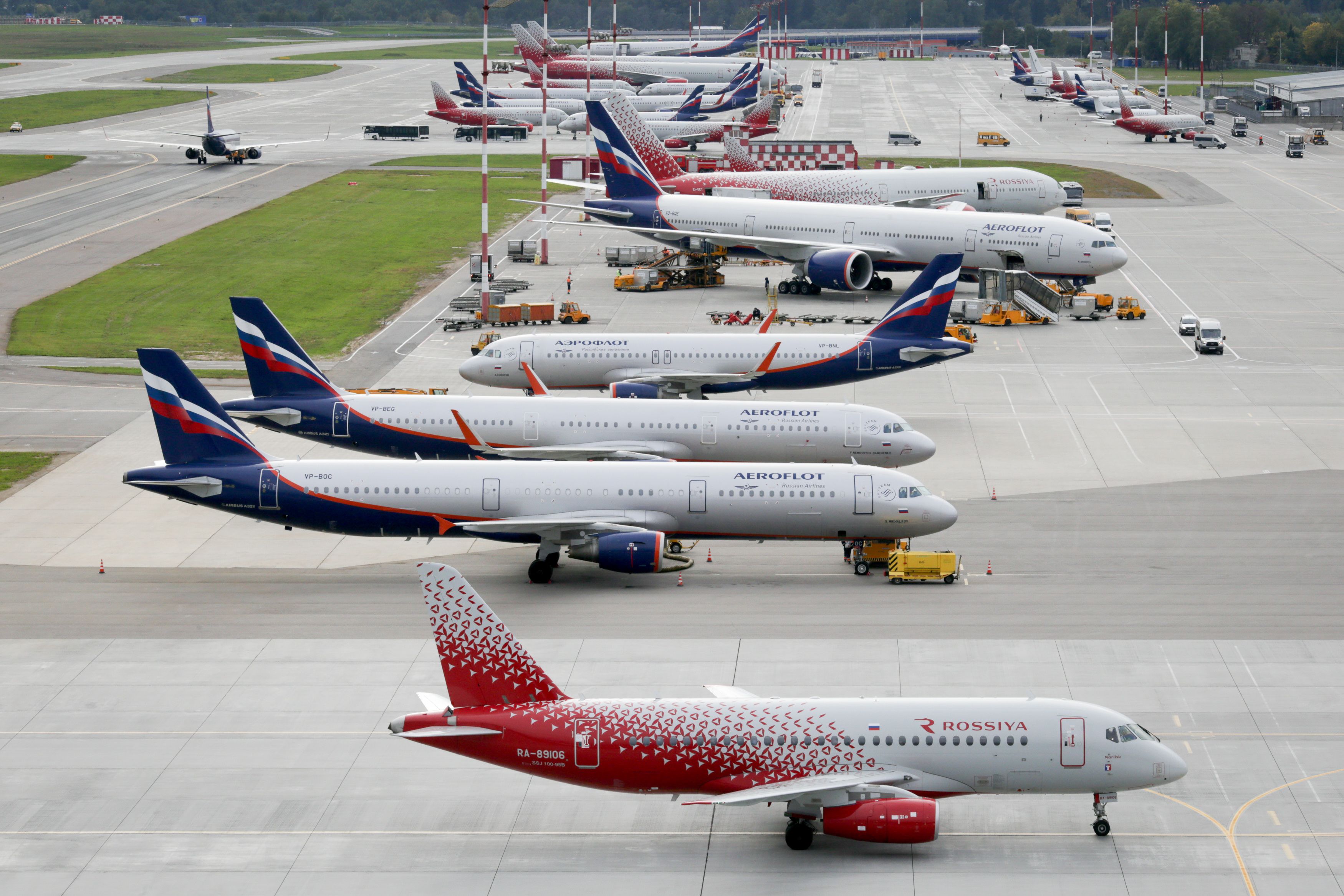This year has seen some significant global events impacting the aviation industry. Perhaps the most notable one is the still-ongoing conflict between Russia and Ukraine, which resulted in numerous consequences. Among these consequences involved a large number of aircraft being grounded in Russia, of which 515 were on lease from non-Russian lessors. Surprisingly, more than 300 of these have been active in Russia recently.
The consequence in question
When the conflict between the two nations began, the European Union and the US introduced various sanctions on Russia, primarily economic in nature, to target the numerous industries within the affected country. Concerning the Russian airline and aviation sectors, these economic sanctions prohibited the supply of aircraft and aircraft components to Russian entities or for any use within Russia.
A crucial sanction was from a European Union mandate that ordered aircraft lessors to end their lease agreements with Russian carriers by March 28th. This meant that within the short timeframe, these aircraft lessors had to try to recover their aircraft from Russia amid the ongoing airspace restrictions.
However, over 1,040 active commercial aircraft were operated by Russian carriers, more than 600 were operated on lease contracts, and only a small handful was from Russian-owned aircraft lessors. Simply put, it was quite a logistical challenge for European aircraft leasing companies to recover over 500 of their aircraft from Russia. The likelihood seemed impossible for such recoveries, and the majority never happened.
Photo: Getty Images
The cost of the consequence
But what’s wrong even if European aircraft lessors cannot recover their 515 aircraft out of Russia? Other than the economic sanctions, the more significant answer lies within an estimated combined price tag of at least $10 billion. Additionally, Russia had reportedly re-registered several of these stranded aircraft, and at that time, the aircraft leasing markets worldwide were highly volatile.
When all factors were linked together, it resembled a mutual fear among all aircraft lessors that Russia suddenly had so many assets that it could potentially dump into the aircraft leasing market. But why have such a fear? Because if Russia had re-leased the re-registered aircraft, there would be further insurance problems for these aircraft lessors, and it would impact the global aircraft lease rates.
Photo: Getty Images
The result of the consequence
Fortunately, several months have passed, and with the year’s end, it seems that such a fear could be well a thing of the past. Although Russia might have re-registered an unknown number of the stranded aircraft within the country, and with such a significant number of aircraft still left unrecovered, the silver lining is that majority of the stranded aircraft are currently being operated by Russian carriers.
In the past week, 301 of the aircraft were being used for active flight services, which gives a sigh of relief to these aircraft lessors. As long as Russian airlines are utilizing the aircraft for flight services, there isn’t a significantly high chance of them releasing these aircraft into the market for re-leasing purposes. And given how the aircraft leasing market has stabilized for most of the year, it’s also likely that even if the stranded aircraft were flooded into the market, the impact now would not have been as fearfully significant as back then.





